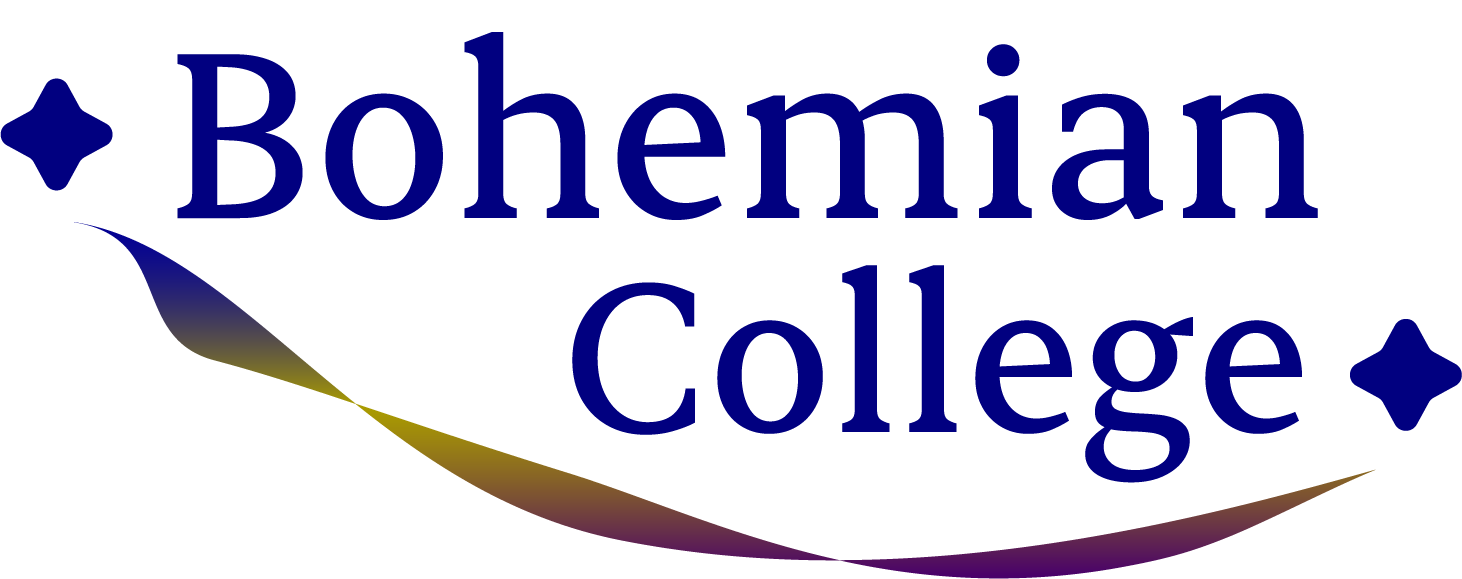The Gospel of Thomas is often regarded as a window into early Christian Gnosticism, reflecting teachings that were once central to the Jesus movement but later overshadowed by orthodoxy. A collection of sayings attributed to Jesus (IS), it invites seekers into a realm of mysteries, where veiled truths await discovery through inner exploration, leading to self-knowledge or gnosis. Unlike the canonical Gospels, the Gospel of Thomas lacks narrative structure and miraculous accounts, emphasizing a more esoteric and individual approach to spirituality. The Gospel begins with a promise: These are the words which are hiding… (Prologue) Those who will fall to the uncovering of these words will not taste death (Logion 1). The teachings are layered with symbols and paradoxes, guiding the reader away from superficial understanding toward a deeper wisdom that can only be sought within.
In this six-week course, we will explore the Gospel of Thomas, beginning with an introduction to its possible historical context: where it was found, its origins, and the community to which it may have belonged. From there, we will embark on a contemplative reading of the text, approaching it with open-ended questions that stir within us as we navigate the inner landscapes it reveals.The Gospel of Thomas contains 114 Logia (sayings), but our goal is not to rush through them or to complete the text. Instead, we will honor the process, allowing the teachings to unfold organically, guiding us toward insights and reflections unique to each of us. This course invites a balance of study, self-discovery, and shared exploration.
The cost join is open to donation. Your contribution, in any amount that feels aligned with your capacity and appreciation for the offering, supports the ability to provide the work done here. Your presence is valued regardless of your ability to give.
All discussions are live and will not be recorded to maintain the privacy of participants to encourage an open dialogue that is in privacy and within the space of now. This space is.





